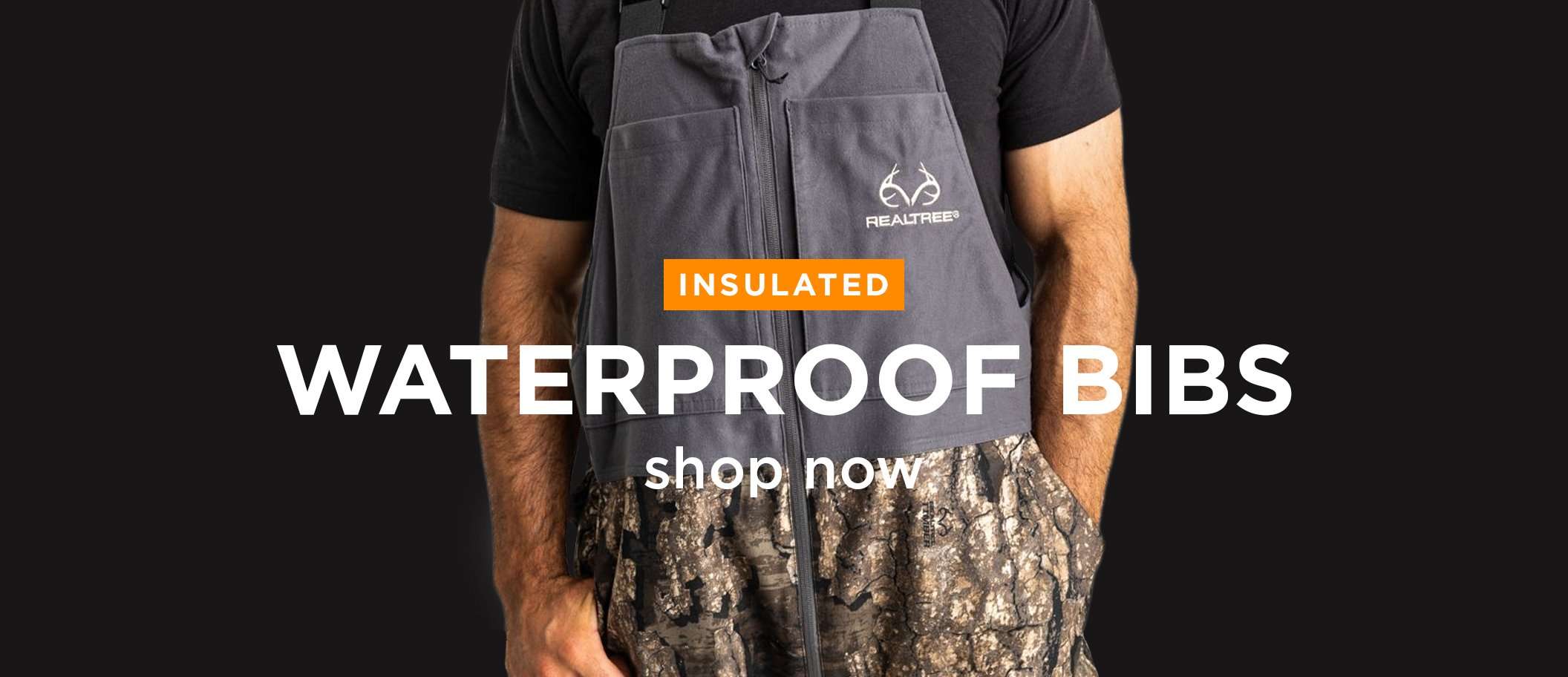Realtree Fishing pros share their secrets for dissecting new bodies of water and getting on fish, fast
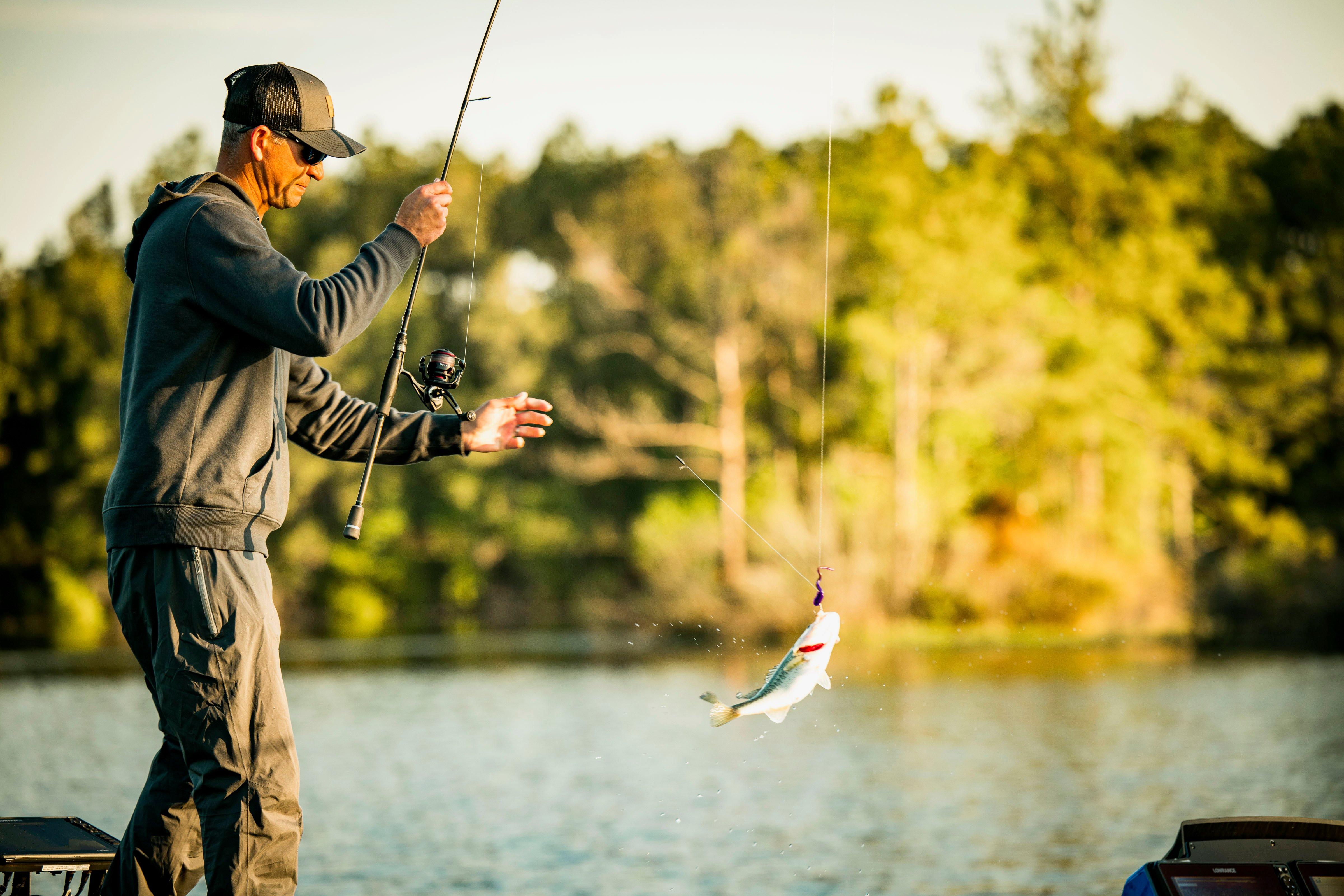
Casey Ashley has more than $2 million in earnings and is praised for his prowess around shallow boat docks and timber.
For anglers who make a living fishing for bass, time is of the essence. Fishing trips are rarely relaxing. With a condensed practice schedule and massive bodies of water in their crosshairs, these guys need to get the job done quick.
Major tournament trails often visit the same locations year after year. But what about when a new venue hits the schedule? How do the best competitive anglers find bass in a place they’ve never been? We asked three Realtree Fishing pros for their secrets for locating fish fast.
MARK ROSE: FIND THE JUICE
Fans of competitive fishing recognize Mark Rose. The likable Arkansan has been posting top finishes for over two decades. Known primarily as an offshore structure fisherman, Rose is quick to point out that he’s comfortable with a variety of techniques, shallow and deep. “I took to offshore fishing early on, because I could separate myself,” Rose stated. “Nowadays, everybody’s doing it. So, whenever I go to a new body of water, I’m looking for the juice.”
The “juice,” as pros refer to it, is the top pattern on any body of water. To get close, Rose breaks down a fishery by seasons. Spring finds him shallow. “You need to get up around the bank, preferably in water clear enough where you can see what stage of the spawn it is.” He added that on bodies of water where visibility is limited, he concentrates on areas where fish should be spawning, like dead-end canals and places away from wind or heavy current, monitoring the water temperature as he goes.
Summer finds Rose offshore, but not just anywhere. “Summer is all about bait. You need to first find bait.” Rose insisted that, until baitfish are found on a depthfinder, he won’t wet a line.
Don’t Miss: Tips for Pier Fishing
Autumn finds Rose still keying on baitfish, but migrating shallower along with them. “The shallowest bait you can find is always the best,” Rose insisted, as feeding bass won’t be far behind. Once winter sets in, those same baitfish will go deep, as will Rose, often fishing vertically and ultra-slow.
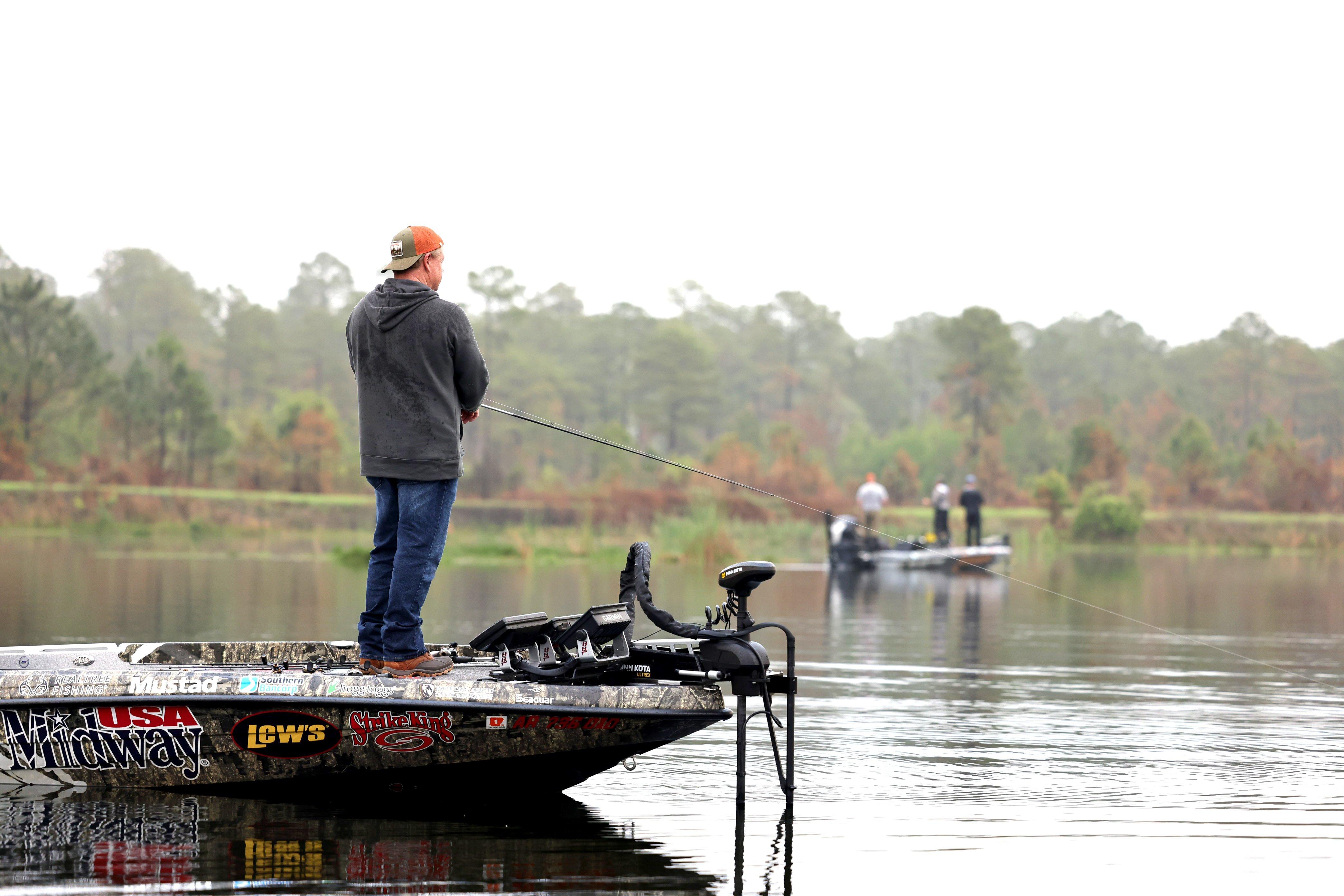
Mark Rose prefers to fish offshore structure, but he’s comfortable with a variety of shallow- and deep-water techniques.
A wrench in his plans comes on grass-filled lakes, like those in Florida or the Northeast. “There, you can stay shallow,” Rose confirmed “but always look for places where different kinds of vegetation come together.” The juice, as he puts it.
Rose reviews lake maps on his Lowrance depthfinder, often reviewing several different versions. From there, he rides a large portion of the lake in his boat — especially on new bodies of water — to be sure he isn’t missing anything. “I find it necessary to soak it all in before making a tournament plan.”
DREW GREGORY: FISH WHAT YOU KNOW
Drew Gregory makes a living as a kayak tournament pro, fishing premier events all across the country. He’s known for his shallow, aggressive style — willing to traverse over, around, and through anything to reach productive waters.
Gregory loves fishing new waters, and starts his research online. “I use a couple apps, like Google Earth and FarWide, to scout moving water systems.” Gregory is adamant about choosing large creeks and rivers for his initial exploration, specifically those measuring 25 miles or longer. “A creek that big has the best shot at growing big fish,” Gregory reflected. In addition to size, Gregory likes to see water with a bit of stain, indicating a nutrient-rich waterway.
Don’t Miss: Summertime Creek Fishing For Whatever Will Bite
Once a few high-potential spots have been selected, Gregory racks up the windshield time, often driving the entire tournament venue. “I want to see the whole lake, even if I don’t get out of the truck,” he explained. A key to Gregory’s approach is finding water to match his strengths. “I always fish shallow, moving water first. I mean, if you’re going to find fish, wouldn’t you rather do what you’re best at?” Good point.
Gregory recognized early on his affinity for new places. “Almost all of my big wins have come from places I had never fished before. Preconceived notions hurt more than help. On new waters, there’s more enthusiasm, and more fishing in the moment.”
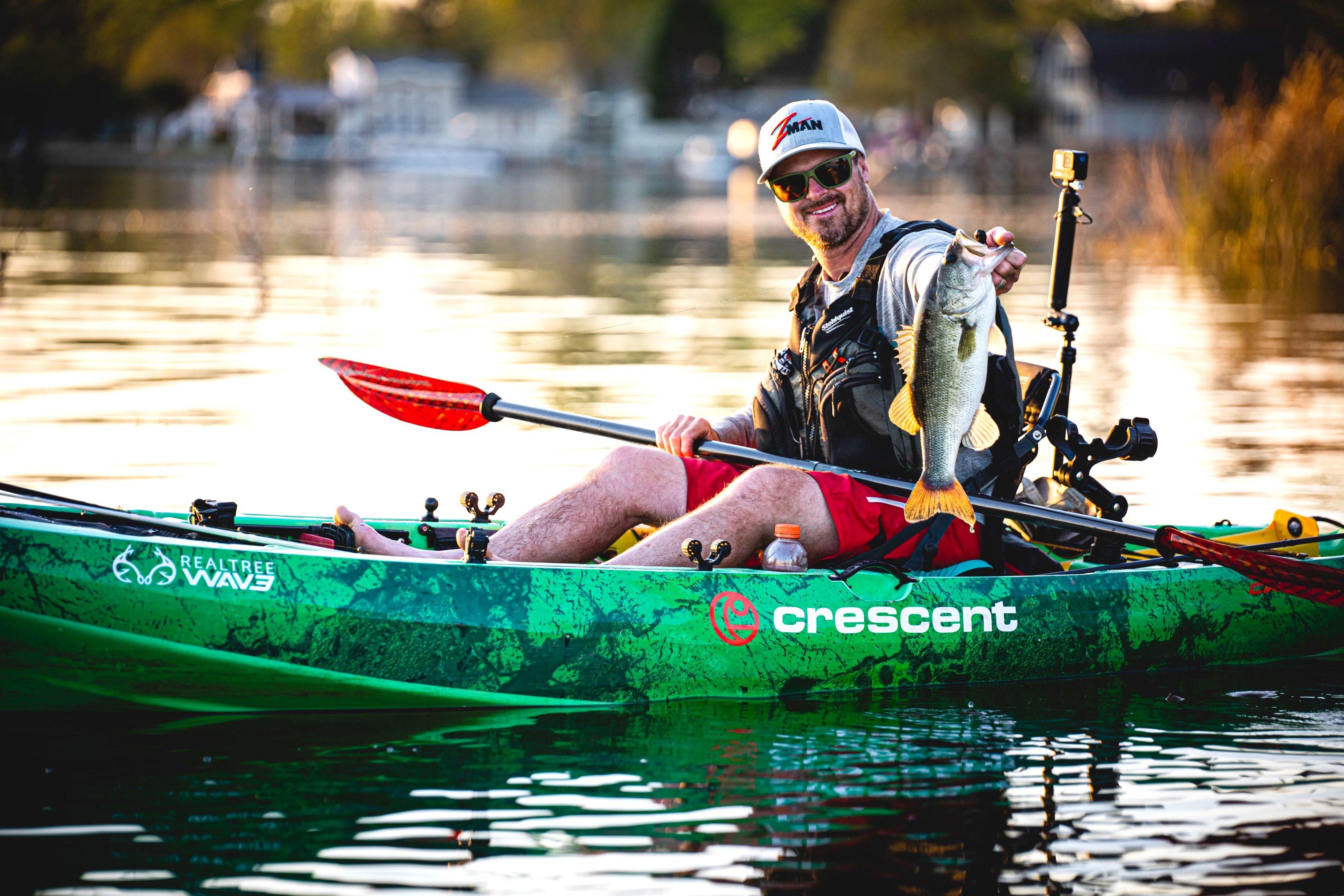
Kayak tournament pro Drew Gregory is known for his shallow, aggressive style of fishing and his willingness to take extreme measures to reach productive waters.
CASEY ASHLEY: START SHALLOW IN BIG CREEKS
With over $2 million in earnings, Casey Ashley has seen his share of tournament venues. A renowned South Carolina ace, Ashley is best known for his prowess around shallow boat docks and timber. And, even with the advent of sophisticated electronic packages, Ashley can still be found cruising the bank, especially on new lakes.
“There are always fish shallow, and there are always fish deep,” Ashley confirmed. “I always start shallow.”
A hand-tied jig and a spinnerbait are on Ashley’s deck every day of the year. He keeps bait choices and colors simple, relying on just three jig colors in two sizes.
“The biggest thing in fishing is confidence,” Ashley said. Still, picking the right spot to start is important, too.
Don’t Miss: Key Baits and Must-Know Tactics for Ledge Fishing Bass
Regardless of time of year, Ashley starts with old-school map study at home, and picks out a few key creek arms. Specifically, he likes major creeks flowing in on the outside bends of river channels. These deep areas act as highways for migrating bass at all times of the year. Early spring draws fish into creeks; later, they flow back out. Summer finds schools of bass in the same areas, attracted to flow and increased oxygen. Fall and winter bring shad into major creeks, with bass hot on their tails.
“Picking a big creek like that always gives you a reference point,” Ashley referenced. “And they’re really like roadmaps for bass.”
After initial investigation and a day of fishing, Ashley fine tunes his approach through electronic mapping, duplicating areas where he had luck. But keeping it simple, and in his comfort zone, plays a pivotal role.
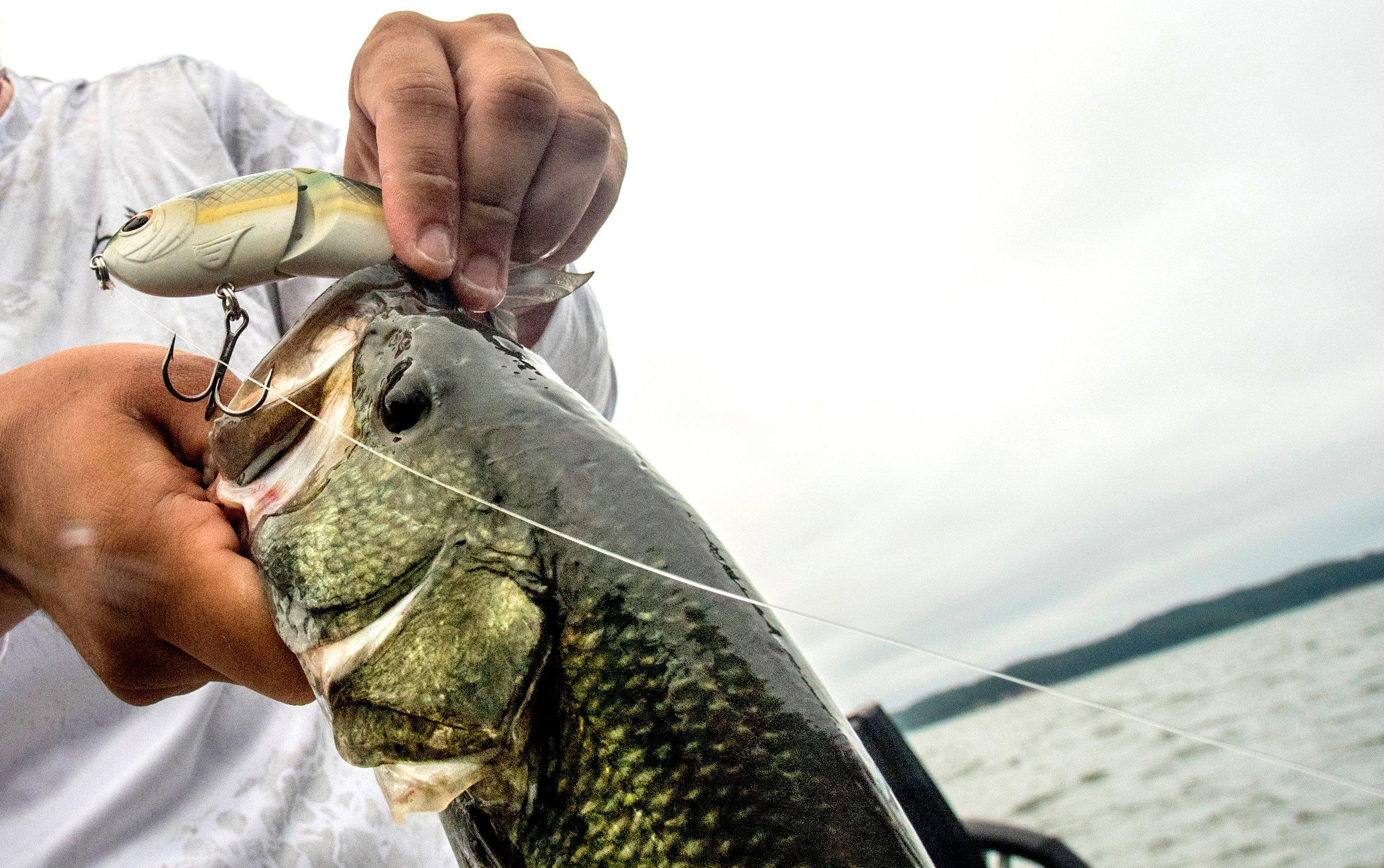
Realtree’s Fishing Pros each have their favorite proven techniques for locating bass in waters they’ve never fished. R
“Starting in a high-percentage area on a new lake gives you a great chance to find fish right off the bat. That opens you up to go do whatever else you want — even something off the wall — because you always have that first find to fall back on.”
Three wildly successful tournament anglers with three different approaches. For Ashley, it’s big creeks and a simple approach to lure selection. Gregory searches out his comfort zone, no matter how far he must travel. And Rose is OK just going fishing based on seasonal patterns, knowing he can do whatever the bass tell him is best.
This spring, on your first trip to a new lake, follow the approach you relate to best. You’ll get off on the right foot, and maybe find a little juice of your own.


